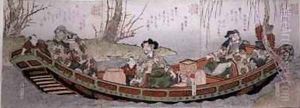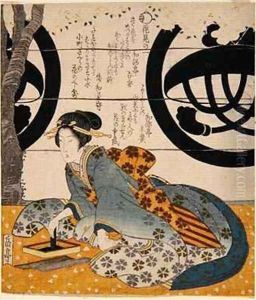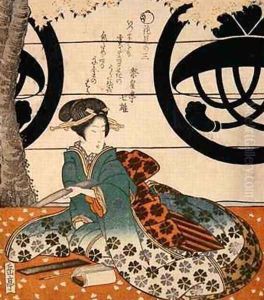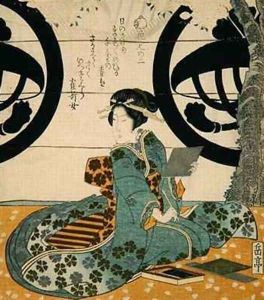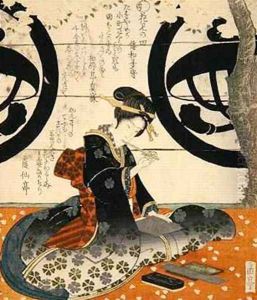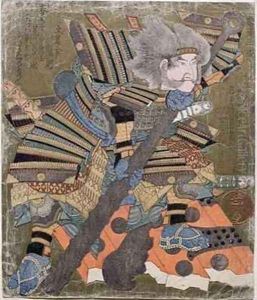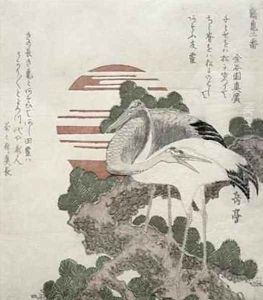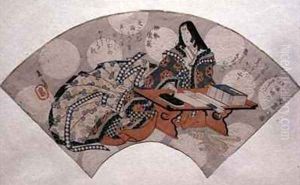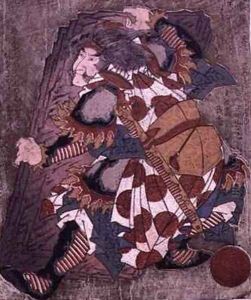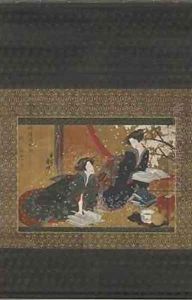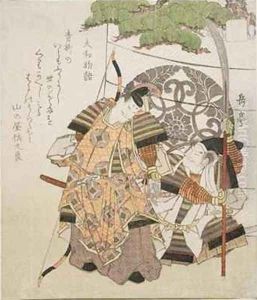Gakutei Harunobu Paintings
Gakutei Harunobu, also known as Yashima Gakutei, was a Japanese artist known for his ukiyo-e style of woodblock prints and poetry. Born in 1780, Gakutei was active during the late Edo period, a time when ukiyo-e was a popular artistic movement, characterized by its depictions of the 'floating world' — scenes from everyday life, kabuki actors, sumo wrestlers, and landscapes.
Gakutei is particularly noted for his surimono prints, a genre of ukiyo-e that combined images with poetry and were often produced in limited quantities for a literate and cultured audience. These prints were typically commissioned by poetry circles or for special occasions and were more luxurious than the commercial prints widely circulated. He was also known for his innovative designs and use of Western perspective, which he integrated with traditional Japanese techniques.
Throughout his life, Gakutei remained closely linked to the literary circles of his time, contributing to the union of visual art and classical Japanese poetry, particularly haiku and kyōka (humorous or comic waka poems). His works often featured elegant figures, attention to detail, and a refined use of color.
Despite being a prolific artist, not much is known about Gakutei's personal life. It is believed he was a samurai or came from a samurai family, which may explain his deep connection with the literati of his era. After his death in 1868, the year that marked the end of the Edo period and the beginning of the Meiji Restoration, Gakutei's art continued to be appreciated by collectors and scholars for its technical skill and cultural significance. His legacy is evident in the way his art captures the spirit of a bygone era, bridging the gap between the traditional and the modern in Japanese art.
